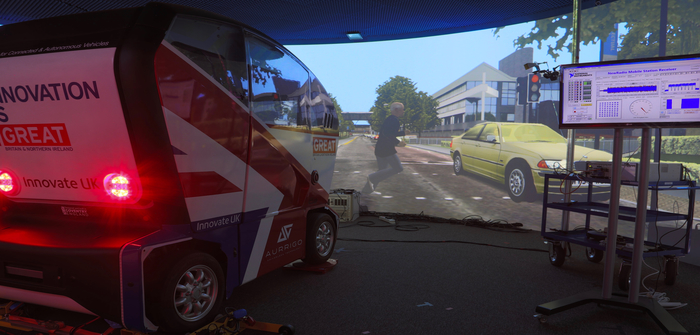A breakthrough in autonomous vehicle communication has been achieved by researchers at the University of Warwick in the UK, who used 5G to send data speeds of 2.867gbps over-the-air to a Level 4 low-speed vehicle.
The speed record was conducted on the 28GHz millimetre wave band and is 40 times faster than current fixed-line broadband speeds the equivalent of transmitting the full contents of a high-definition movie in the less than 10 seconds.
With vehicle communication a vital factor for a future of autonomous driving, large quantities of data will be required to be transmitted with speed. The research will open the door to high-speed communications, which will be essential for V2V and V2X applications for sharing information of road situations, surroundings, and traffic all created from data-intensive 3D maps generated via lidar.
“These controlled trials are critical to better understand the capabilities of 5G in millimetre wave bands, and how infrastructure providers and vehicle manufacturers must carefully plan and deploy their 5G service and application roll-out over the next few years. This project, which includes real-world 5G mmWave trials on the University of Warwick’s campus, will also attempt to examine how the dynamics of both the vehicle and the environment affect performance between infrastructure and connected and autonomous vehicles,” said Dr Matthew Higgins, associate professor of WMG at the University of Warwick.
The communications technology trial was carried out at the university’s 5G mmWave test facility and used a Level 4 autonomous Pod vehicle from Coventry-based manufacturer RDM fitted with an antenna to receive information from a traffic light.
“This is an exciting step toward the realization and deployment of future 5G applications, like connected and autonomous vehicles, which will be enabled by fiber-connected wireless infrastructure that supports high data rates and ultra-low latency mobile broadband,” said Bob Slorach, CTO of Wireless Infrastructure Group, which provides support to the project.
By James Billington


